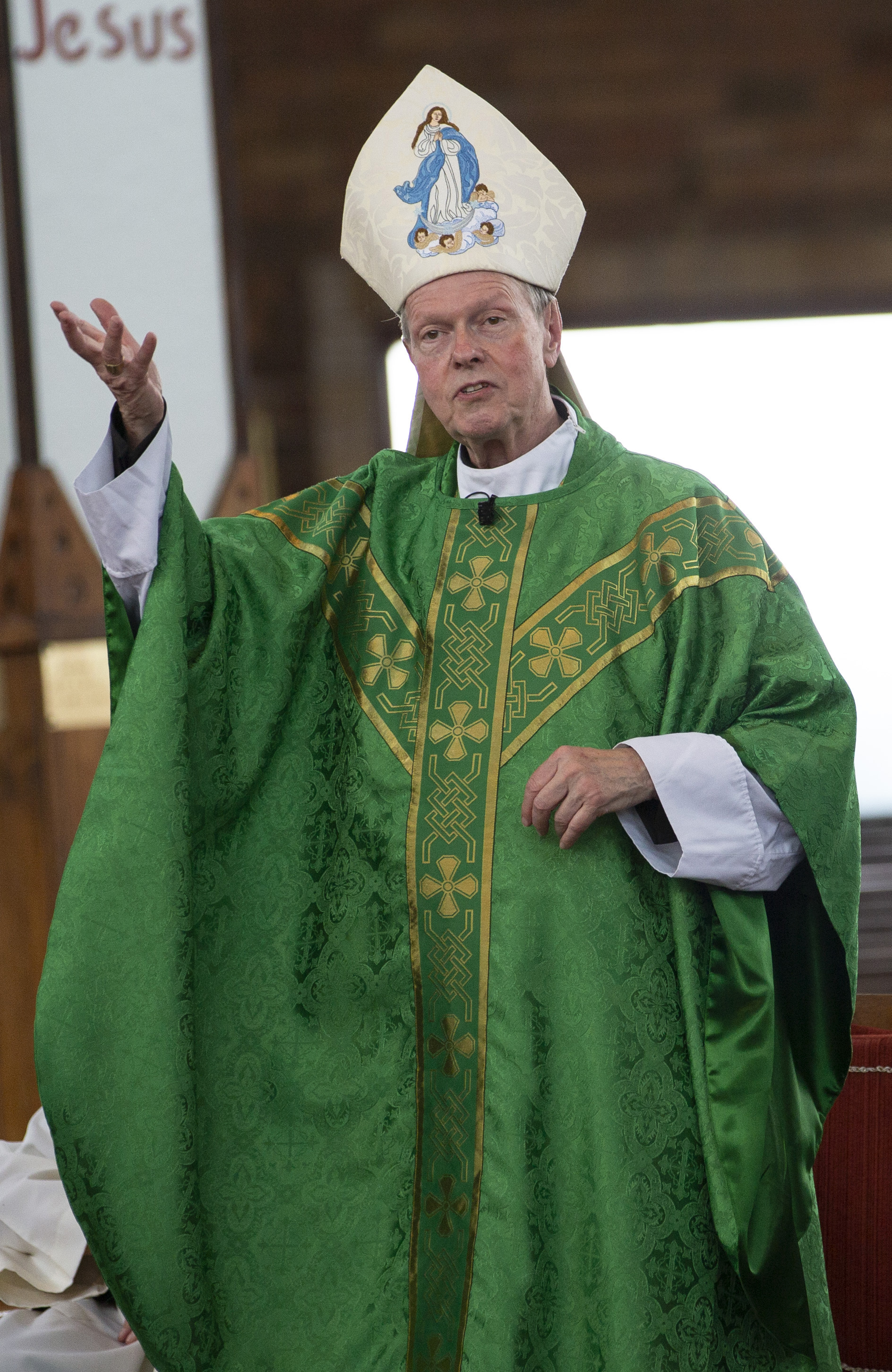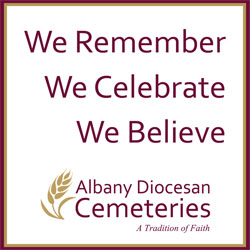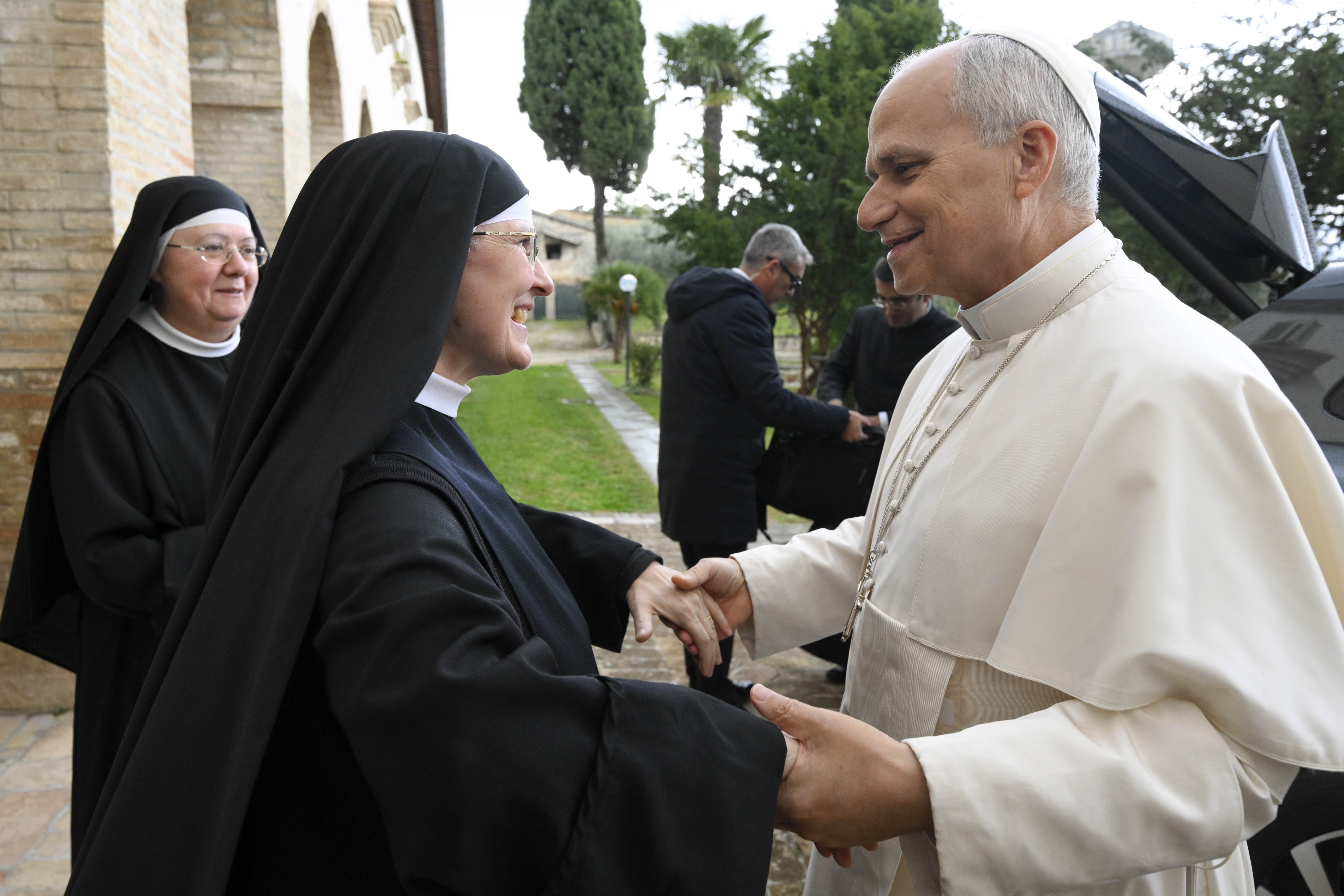August 7, 2024 at 10:23 a.m.
As I began the Eucharistic Prayer, I was moved with a sense of awe at what I was doing. The long journey leading to my first Mass on May 19 had brought me through study of the theology and biblical roots of the Eucharist and training for the liturgy.
After all of that study and preparation, and after so many years attending Mass and then serving as deacon, I was now the priest-celebrant. As I moved through the Eucharistic Prayer, I attempted to focus my mind, to enter into what was happening, the enormity of what the Lord brings about through the Consecration of the bread and wine.
FOOD THAT ENDURES
As we read through the “Bread of Life Discourse” from Chapter 6 of St. John’s Gospel at Masses this month, we hear our Lord’s astounding assurance that in the Eucharist he gives us “the food that endures for eternal life” (Jn. 6:27).
That means that in the Mass, the temporal encounters the eternal, what St. Augustine calls “the now that does not pass away.” Through the ordinary instruments of bread and wine, God provides his own eternal, divine life. The priest begins the Eucharistic Prayer, “On the night he was betrayed,” recalling an event 2,000 years ago. And yet what Jesus did on that evening is made present there at the Mass. The priest repeats Jesus’ very words, “Take this, all of you ...,” but it is Jesus himself who speaks.
The gestures, too, point to the unfolding mystery. The priest raises his hands and brings them down over the bread and wine, making visible the calling down of the Holy Spirit upon them. The priest bows slightly and slows at the very words of institution. He pauses and genuflects after the consecration of the bread and the wine. The gestures reinforce the words and help us to focus on what is taking place, the joining of heaven and earth.
And that is what filled me with awe as I continued through the prayers of Consecration at my first Mass, the reality that through human hands, Christ acts and makes himself present in the most profound offering. The bread and wine become his Body and Blood, “the food that endures for eternal life.”
That is why my awe joins with a profound sense of inadequacy as I proclaim the words of the Eucharistic Prayers regularly now at Masses. Gestures and words can point to, but hardly encompass, the mystery.
GATHERED INTO ONE
We cannot fully grasp the mystery, but we can open our hearts to it. That is why we “lift up our hearts” to the Lord in thanks and praise as we enter into the Liturgy of the Eucharist. We lift up our hearts to receive the awesome mystery that he will make present.
As I approach preaching the Bread of Life Discourse over these next several weeks for the first time, I know that the Lord is calling me to open my heart to the mystery. While the priest leads the Eucharistic Prayer, he raises up his heart with the congregation. Just as the priest has called down the Holy Spirit to make the bread and wine into Christ’s Body and Blood, so he then continues in praying that the Holy Spirit may gather us more fully as the Body of Christ. He asks that we may “become one Body, one Spirit, in Christ.”
There, as the Body of Christ, we receive the Bread of Life, the bread “which comes down from heaven and gives life to the world”(Jn. 6:33).
Father Tom Fallati is parochial vicar at St. Kateri Tekakwitha parish in Schenectady.
- Pope arrives in Turkey giving thanks, preaching peace
- UN report: Every 10 minutes, a woman is killed somewhere in the world
- Catholic bishops offer prayers for National Guard members shot in DC
- Former business manager charged with stealing $1.1 million from suburban Philadelphia parish
- Pew: US Latinos disapprove of Trump’s immigration, economic policies
- Community recounts unspeakable tragedy of parents awaiting news of their kidnapped children in Nigeria
- Cardinal Ryś named new archbishop of Krakow, marking historic transition for church in Poland
- Full text: Pope Leo XIV’s Nov. 26, 2025, general audience
- Pope prays for Christians in war zones, especially the Middle East
- Vatican reports surplus in 2024 with asset sales, increased donations








Comments:
You must login to comment.